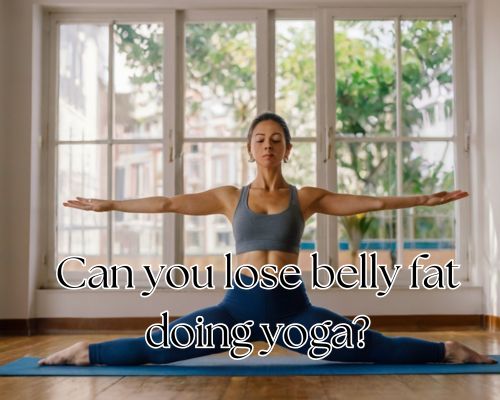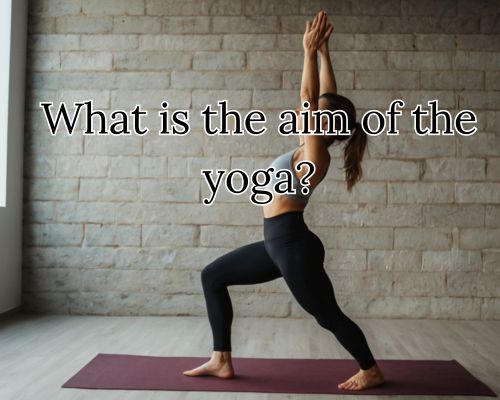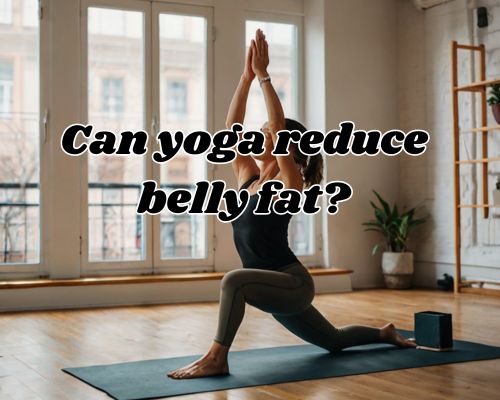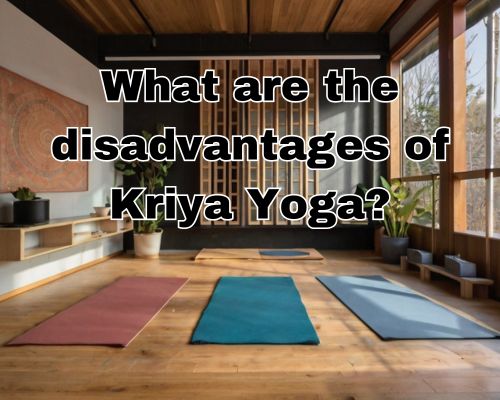Hoyer Lift Sling vs. Other Patient Lifting Solutions: Pros and Cons
For individuals with limited mobility, transferring from a bed to a chair or wheelchair safely is a daily necessity. Hoyer lift slings have become a staple solution in both home care and medical settings, but they are not the only option available. From sit-to-stand lifts to gait belts and ceiling-mounted systems, each lifting solution has distinct benefits and limitations. Understanding the differences is key to selecting the right tool for a patient’s specific needs, mobility level, and care environment.
Hoyer Lift Sling Systems
A hoyer lift sling works with a hydraulic or electric lift to move patients who are unable to transfer themselves. The sling cradles the body, typically supporting the head, back, and legs, and is attached to the lift via straps or loops.
Pros:
- Full Body Support: Provides comprehensive support for patients who are completely immobile.
- Caregiver Safety: Mechanized lifting reduces the risk of musculoskeletal injury during patient handling.
- Versatile Use Cases: Useful for a wide range of transfers—including from bed, wheelchair, commode, or even the floor.
- Adjustable and Customizable: Multiple sling styles are available to accommodate different body types and needs, including toileting slings and amputee slings.
Cons:
- Setup Time: Positioning the sling properly under the patient and adjusting straps can take several minutes.
- Training Required: Incorrect use can cause discomfort, instability, or even falls.
- Large Footprint: The lift frame can be bulky and challenging to maneuver in tight spaces.
- Not Ideal for Semi-Mobile Users: Patients with some mobility may find it restrictive or unnecessary for every transfer.
Sit-to-Stand Lifts
Sit-to-stand lifts, also known as stand-assist lifts, are ideal for patients who can bear partial weight but need support standing or pivoting to a new seat.
Pros:
- Encourages Mobility: Supports functional activity for patients who are rehabilitating or still have core and leg strength.
- Faster Transitions: Less time is needed compared to a full sling setup.
- Compact Design: Takes up less space and is easier to store than a full hoyer lift.
- Toileting-Friendly: Allows access for hygiene-related tasks without fully removing the sling.
Cons:
- Not for All Patients: Requires the patient to cooperate and bear some weight on their legs.
- Risk of Falls if Misused: Lack of balance or poor positioning can lead to tipping or injury.
- Limited Application: Only useful for seated-to-seated transfers; not suitable for bed-to-floor movements or bedridden individuals.
Transfer Boards (Slide Boards)
Transfer boards are hard, flat surfaces used to bridge the gap between two surfaces. The patient slides across the board, often with minimal caregiver help.
Pros:
- Budget-Friendly: One of the most affordable options for patient transfers.
- Compact and Portable: Easy to carry, store, and clean.
- Empowering: Allows semi-independent movement for users with adequate upper body strength.
- No Power Needed: Mechanical-free operation means fewer breakdowns or maintenance needs.
Cons:
- Not for All Users: Requires balance, trunk control, and arm strength.
- Skin Shear Risks: Improper use may cause friction injuries.
- Only for Seated Transfers: Doesn’t support lifting or repositioning in bed.
Gait Belts (Transfer Belts)
A gait belt is wrapped around the patient’s waist to provide a handhold for the caregiver to support standing or walking.
Pros:
- Extremely Affordable: Costs a fraction of most other lifting tools.
- Simple and Lightweight: No setup or electricity required.
- Rehabilitation-Friendly: Common in therapy settings to support mobility and walking.
- Quick Use: Useful for short, low-risk movements like pivoting or helping a patient stand.
Cons:
- Physically Demanding for Caregivers: Requires lifting effort and good technique.
- Limited Use Cases: Only suitable for patients who can bear some weight.
- Higher Risk Without Training: Improper handling can lead to back injuries or unsafe transfers.
Ceiling Lift Systems
Ceiling lifts use a track installed in the ceiling to move a motorized lift and sling between fixed points. These are common in hospitals and long-term care facilities.
Pros:
- Efficient in High-Use Settings: Streamlines patient transfers for staff managing multiple lifts daily.
- No Floor Space Required: Keeps rooms clear and eliminates tripping hazards.
- Smooth Operation: Quiet, controlled lifting reduces strain on both patient and caregiver.
- Higher Patient Safety: Less risk of tipping compared to mobile lifts.
Cons:
- High Initial Cost: Installation and track setup can be expensive.
- Limited Mobility: Movement is restricted to the installed rail paths.
- Not Portable: Unlike hoyer lifts, these are fixed in place and cannot be moved between rooms or locations.
- Ongoing Maintenance: Requires regular servicing for safety compliance.
Which Solution Is Best?
There is no one-size-fits-all answer. The most effective lifting solution depends on several factors:
- Patient Mobility: Total immobility calls for hoyer lifts or ceiling lifts, while partial mobility may benefit from sit-to-stand aids or transfer boards.
- Caregiver Ability: Some tools are physically demanding, while others reduce caregiver involvement entirely.
- Space and Environment: Home settings may favor compact devices; care facilities can accommodate larger, fixed systems.
- Frequency of Use: Daily transfers may justify a higher investment in comfort and durability.
- Budget and Insurance Coverage: Not all devices are covered by insurance, and prices vary widely.





